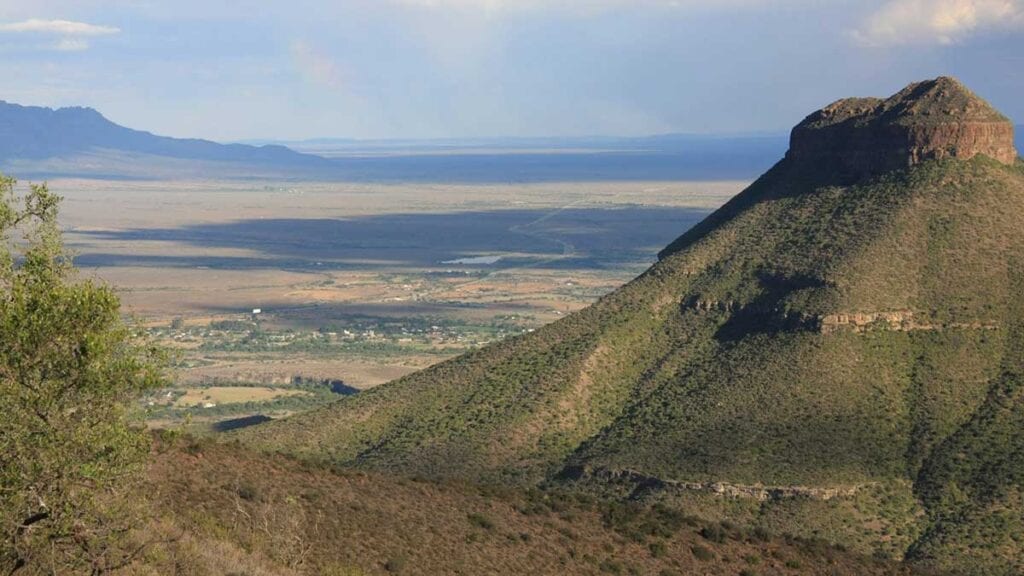
In South Africa, it stands alone and is an envied rarity, which captivates tourists, researchers and scientists. Archaeologists, anthropologists, botanists, ecologists, geologists, and paleontologists come from across the world to study many aspects of this fascinating dryland. Here are some interesting facts about the Karoo.
This ancient semi-desert area, which is rooted in Gondwanaland, lies on the largest plateau of its kind outside Asia. It covers almost 40 per cent of South Africa’s land surface and straddles four of the country’s nine provinces – the Western Cape, Northern Cape, Eastern Cape and Free State.
The area is separated into various sub-regions by climate and biology. These are the massive Great Karoo (also known as the Nama Karoo); the Succulent Karoo (an ecological area including Namaqualand); the Tanqua Karoo, (between the Cederberg and the Roggeveld Escarpment with the Ceres Karoo at its southern section), the Worcester-Robertson Karoo, and the Klein Karoo.
The Karoo is an odd place. You either love it or you hate it. Rich fossil beds, spanning over 600 million years set the Karoo apart from any other place on earth and make it the curator of many secrets of evolution. Even now, much of its pre-history is yet to be revealed. Trace lines in the rocks show clear links to South America and Russia.
The Karoo is home to the largest variety of succulents on earth. Here you can find the richest desert floras in the world, and 40 per cent of these species are not found anywhere else on earth. The Succulent Karoo has about 5 000 species and the Nama Karoo 2 200 – more than is found in the whole of Great Britain. Meat originating from this area is highly sought after because it is “spiced” on the hoof. Over the years many natural herbs from the Karoo have their way into medicine chests and have become part of tried and tested traditional recipes.
The Karoo also has a rich human record. People have continuously inhabited the area for about 100 000 years, but early Stone Age tools near some drainage courses suggest intermittent occupation for over a million years. Some of the world’s most important archaeological sites are found in the Central Karoo, which is home to some of the oldest Stone Age sites in Africa. Traces of animal bones and plants at some of these sites have led archaeologists to exciting new discoveries regarding the diet of ancient hunter-gatherers.
Early indigenous inhabitants lived on roots, leaves, wild plants, grass seeds, locusts, gum, river fish, reptiles, ant larvae (which colonists called Bushman rice), ostrich, tortoise or bird eggs, plus an occasional bit of antelope meat. Taste treats of the wagon route and early settlers, included exotic tidbits, such as aardvark, porcupine, hare, hedgehog, and tortoise. Today, these are off the menu, as delicacies such as the riverine rabbit are endangered and protected.